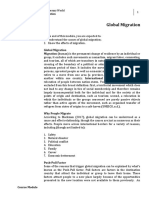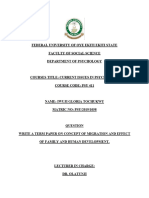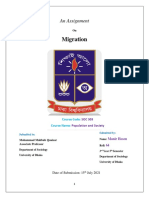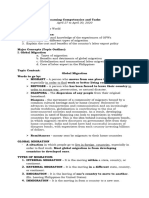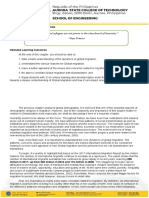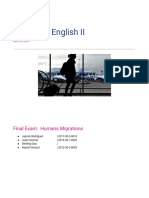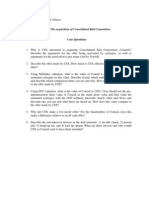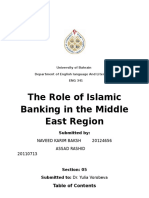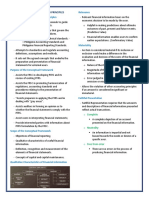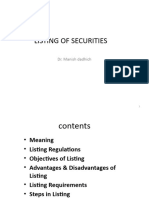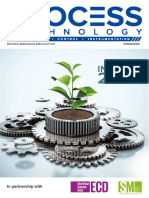0% found this document useful (0 votes)
25 views7 pagesMigration Concepts & Trends
This chapter discusses global migration trends and theories. It defines migration as movement across political boundaries for a minimum period of time. The chapter outlines different types of migrants like refugees, labor migrants, and internal vs international migrants. It explores reasons for migration through various economic theories like neoclassical theory, labor migration theory, and push-pull factors. Global migration has steadily increased over the past 50 years from 84 million migrants in 1970 to over 244 million in 2015, though migrants still only comprise about 3% of the world's population. Europe and Asia account for most international migrants.
Uploaded by
Mary Grace GalangCopyright
© © All Rights Reserved
We take content rights seriously. If you suspect this is your content, claim it here.
Available Formats
Download as DOCX, PDF, TXT or read online on Scribd
0% found this document useful (0 votes)
25 views7 pagesMigration Concepts & Trends
This chapter discusses global migration trends and theories. It defines migration as movement across political boundaries for a minimum period of time. The chapter outlines different types of migrants like refugees, labor migrants, and internal vs international migrants. It explores reasons for migration through various economic theories like neoclassical theory, labor migration theory, and push-pull factors. Global migration has steadily increased over the past 50 years from 84 million migrants in 1970 to over 244 million in 2015, though migrants still only comprise about 3% of the world's population. Europe and Asia account for most international migrants.
Uploaded by
Mary Grace GalangCopyright
© © All Rights Reserved
We take content rights seriously. If you suspect this is your content, claim it here.
Available Formats
Download as DOCX, PDF, TXT or read online on Scribd
/ 7







